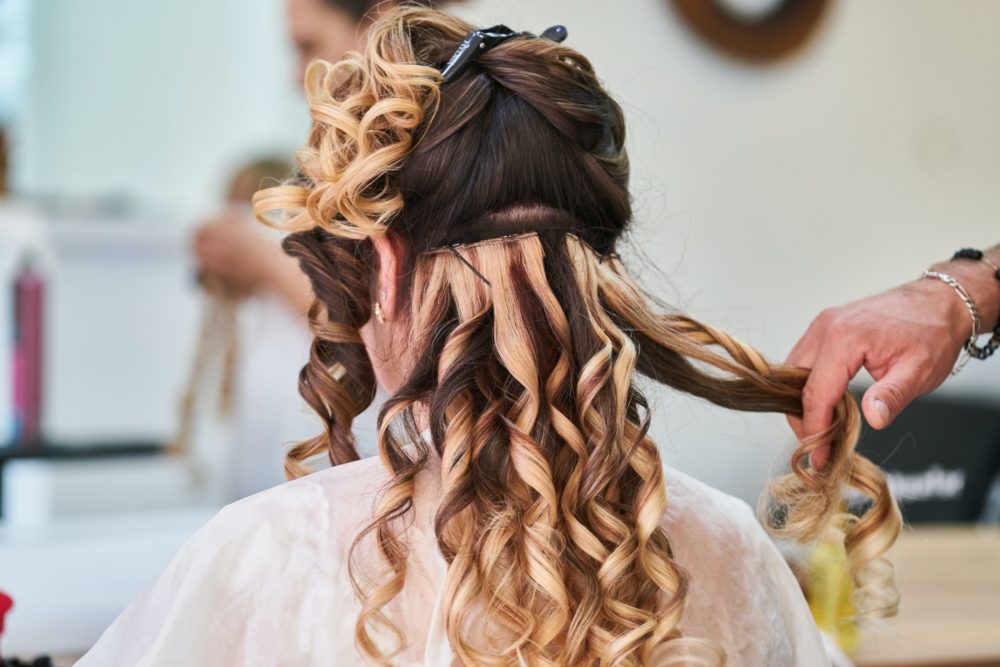Hair extensions are a popular way to add length, volume, and thickness to your natural hair. There are several types of hair extensions available, each with its own advantages and disadvantages.
Different Types of Hair Extensions Explained
Clip-in Hair Extensions
Clip-in hair extensions are the most temporary type of hair extensions and are great for those who want to add volume or length for a special occasion or for a short period of time. These extensions are attached to your natural hair using small combs, making them easy to install and remove.
Clip-in hair extensions come in various lengths and colors, so it’s easy to find a set that matches your hair perfectly. They are also affordable, making them a popular choice for those on a budget.
One of the downsides of clip-in hair extensions is that they can be uncomfortable to wear for long periods of time. They also may not be suitable for those with thin or fine hair, as the combs can be difficult to secure.
Tape-in Hair Extensions
Tape-in hair extensions are a more semi-permanent option than clip-ins, and can last for several weeks before needing to be readjusted. These extensions are attached to your natural hair using double-sided tape, making them virtually undetectable.
Tape-in extensions come in various lengths and colors, so it’s easy to find a set that matches your hair perfectly. They are also lightweight and comfortable to wear.
One of the downsides of tape-in extensions is that they can be expensive, and require regular maintenance to prevent damage to your natural hair. Additionally, the adhesive used to attach the extensions can cause skin irritation in some people.
Sew-in Hair Extensions
Sew-in hair extensions, also known as weave extensions, are a more permanent option than clip-ins or tape-ins. This method involves braiding your natural hair and then sewing wefts of hair onto the braids. Sew-in extensions can last for several months with proper care.
Sew-in extensions come in various lengths and colors, so it’s easy to find a set that matches your hair perfectly. They are also versatile, as you can style your hair in various ways without worrying about the extensions falling out.
One of the downsides of sew-in extensions is that they can be uncomfortable to wear for long periods of time, and require regular maintenance to prevent damage to your natural hair. Additionally, the braiding process can be time-consuming and may cause scalp irritation in some people.
Micro-Link Hair Extensions
Micro-link hair extensions, also known as bead extensions, involve attaching small beads to your natural hair and then threading hair through the beads. This method is suitable for those with thin or fine hair, as the beads are lightweight and non-damaging.
Micro-link extensions come in various lengths and colors, so it’s easy to find a set that matches your hair perfectly. They are also versatile, as you can style your hair in various ways without worrying about the extensions falling out.
One of the downsides of micro-link extensions is that they can be expensive, and require regular maintenance to prevent damage to your natural hair. Additionally, the beads used to attach the extensions can cause scalp irritation in some people.
Fusion Hair Extensions
Fusion hair extensions involve attaching small bundles of hair to your natural hair using a keratin glue. This method is a more permanent option than clip-ins, tape-ins, or micro-links, and can last for several months with proper care.
